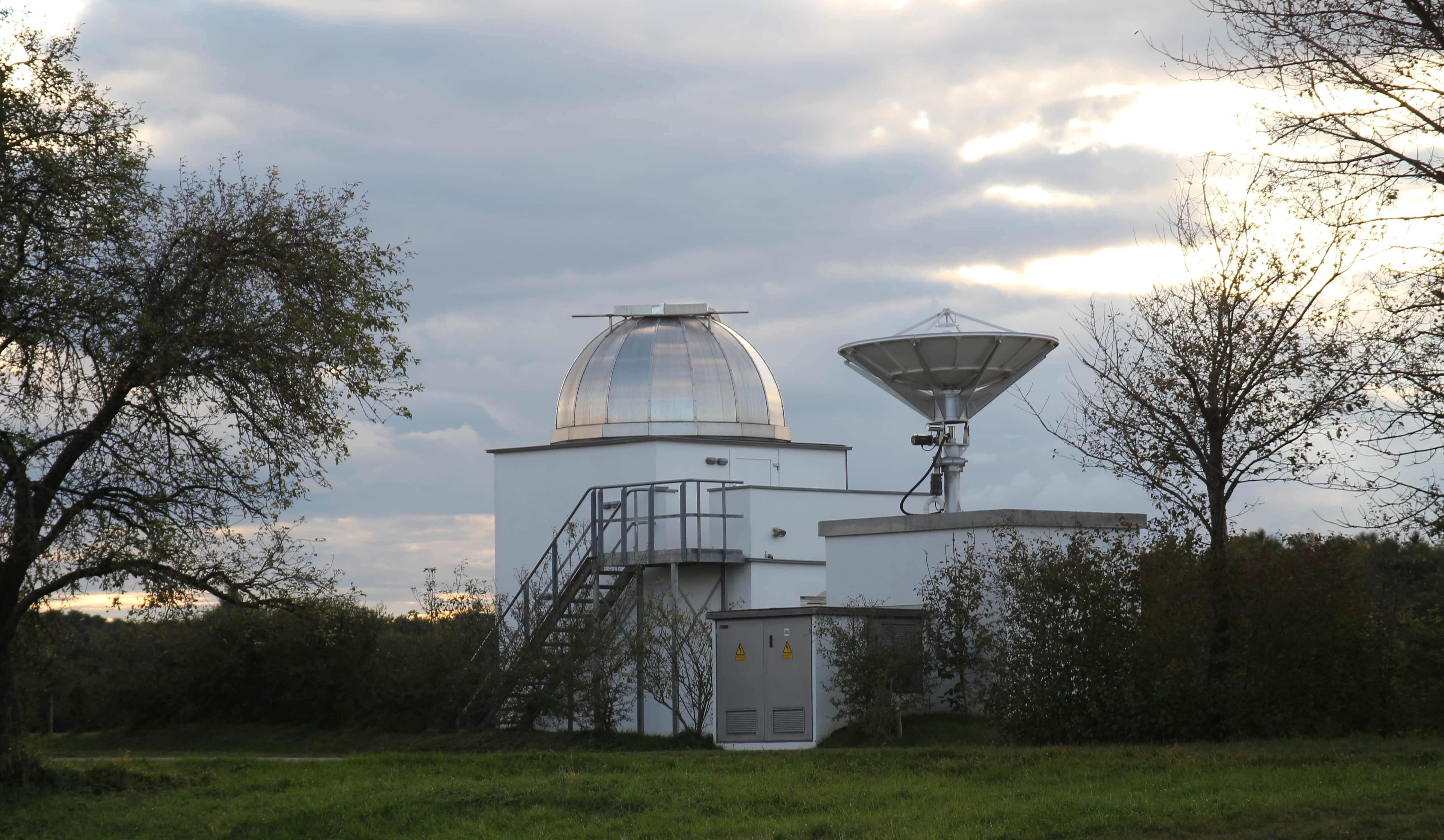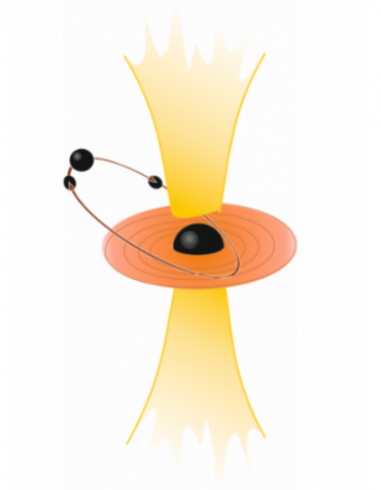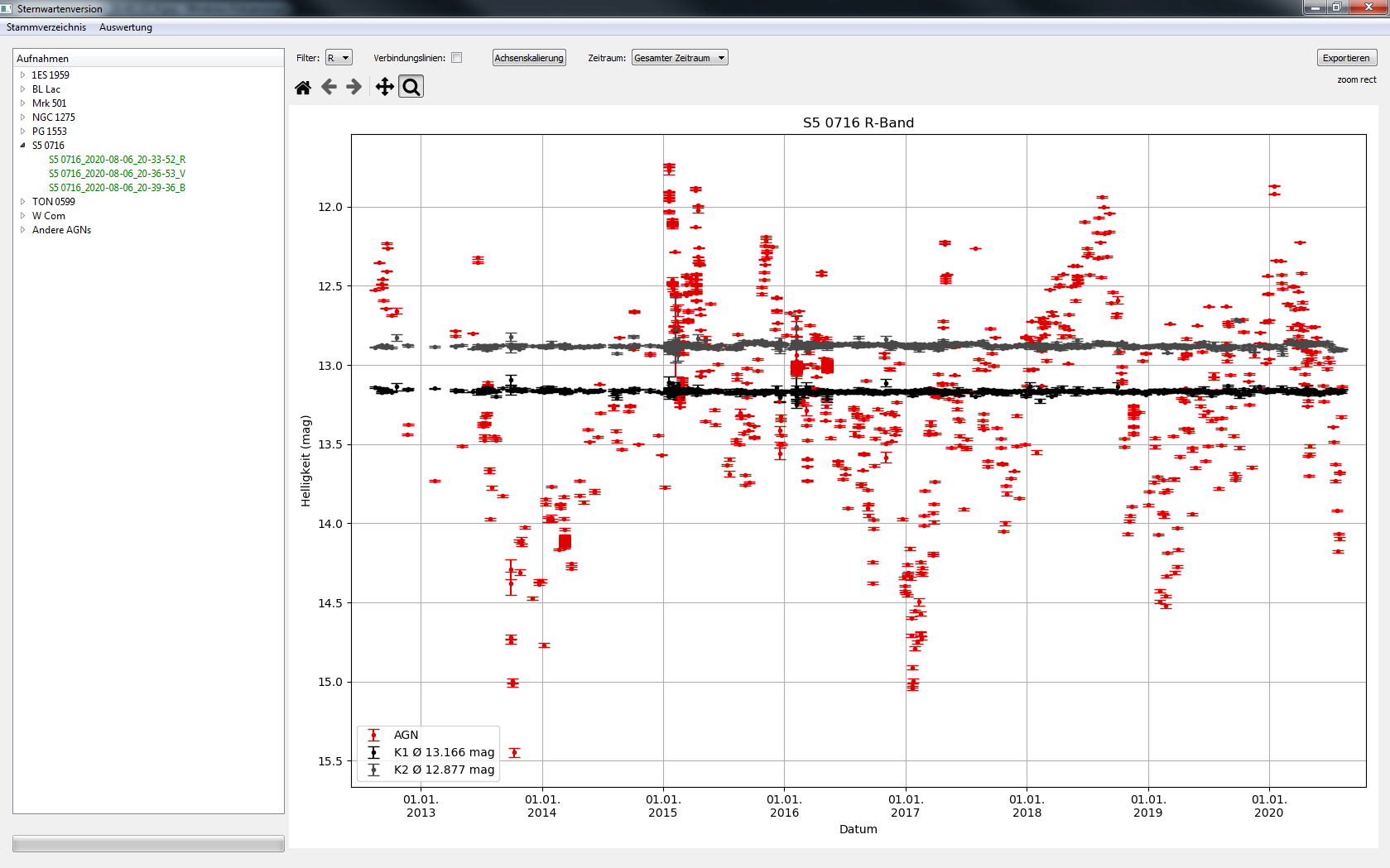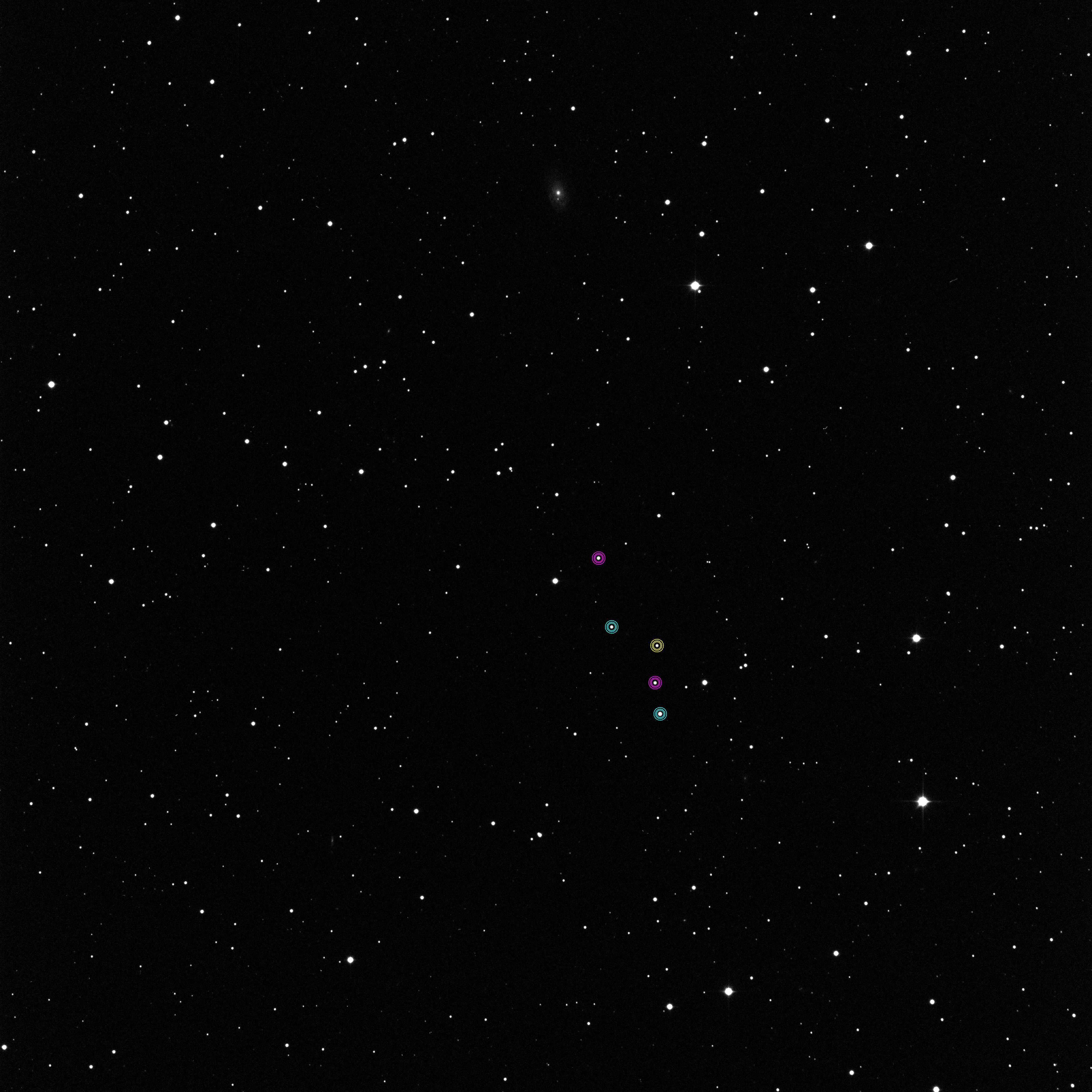One explanation suggests that they are formed by the union of two galaxies. These collections of stars, planets, gas and dust clouds and other objects, which are held together by gravity, each have a black hole at their center. When galaxies merge, the two central black holes of the original galaxies orbit each other for quite some time before they merge.
An accretion disk of gas, dust and plasma rotates around the supermassive black hole (up to 100 million solar masses) at its center. This material falls into the black hole in spiral orbits. In the process, gravitational energy is converted into radiant energy and emitted. This radiation is periodically disturbed by the second black hole as it orbits. The fluctuations in the radiation of the AGN are observed over a long period of time. The aim is to determine the masses and distances of these possible binary systems of black holes and thus ultimately to prove the existence of such a binary system at the center of these galaxies.
Scientists from the Chair of Astronomy at the University of Würzburg and the Chair of Astroparticle Physics 5b at the Technical University of Dortmund are studying active galaxy nuclei by measuring the emitted gamma radiation on the Canary Island on La Palma with the MAGIC telescope system.
This research is complemented by measurements of the periodic brightness fluctuations of these AGN in the visible spectral range, which students at the Hans Haffner Observatory have been carrying out since summer 2012. These accompanying observations will raise the monitoring of AGN to a new level of quality: Over a period of several years, a unique data set on the long-term behavior of AGN in the optical spectral range will be created. Statistical methods will make it possible to detect the signatures of the binary systems of black holes and thus verify their existence.





